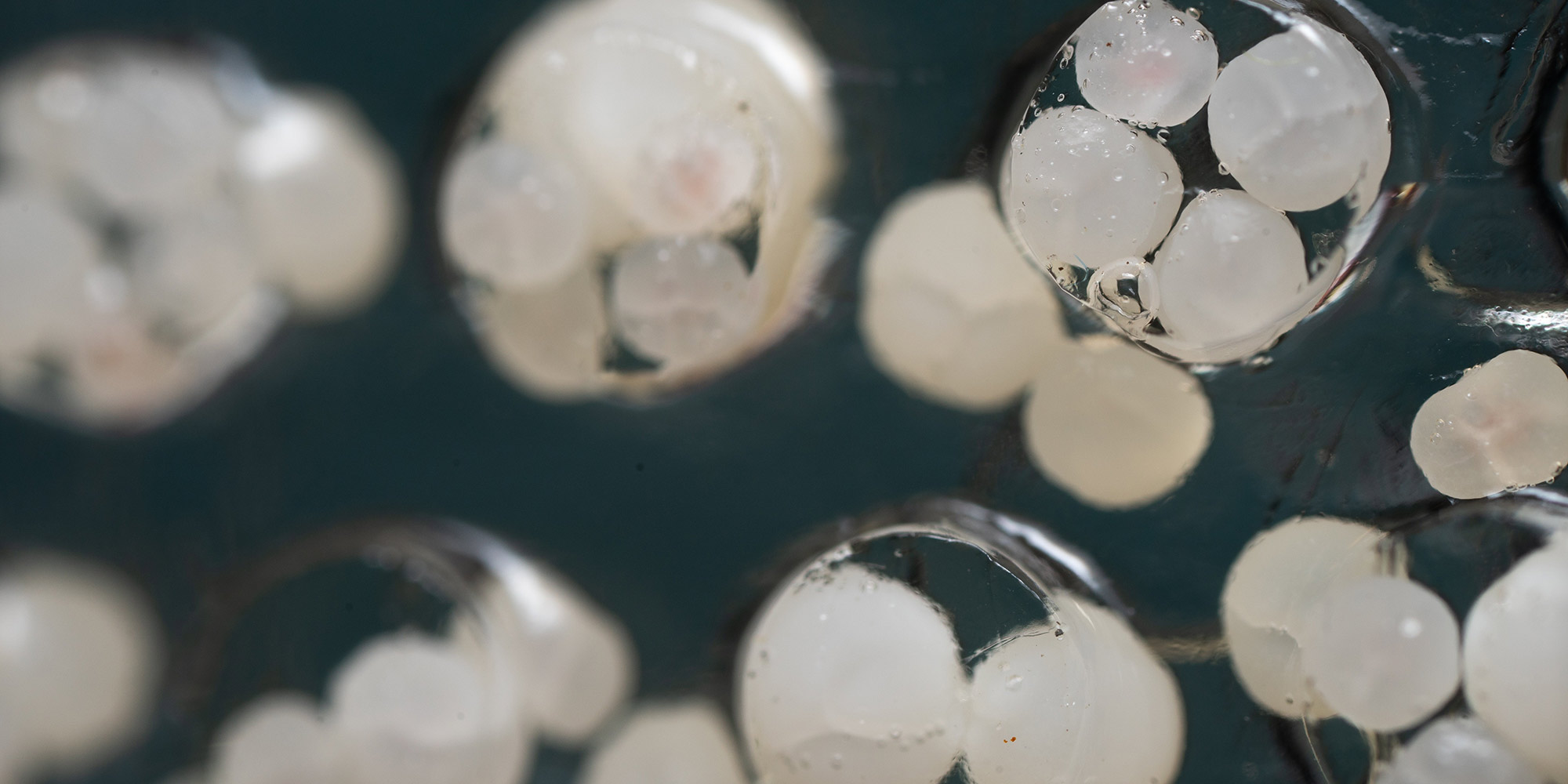The nocturnal roundtable “Observing the Microscopic Gardens” features three events:
- Artist Saša Spačal and microbiologist professor Toby Kiers discuss microbial trade agreements
- Artist/chemist Esmee Geerken and De Onkruideniers present their microscopic garden houses
- Artist Spela Petric and curator Nicola Triscott discuss what opinions plants and animals might have about human activity on their/our planet.
Project Credits / Acknowledgements
Saša Spačal (SI), Toby Kiers (NL/US), Esmee Geerken (NL), De Onkruideniers (NL), Spela Petric (SI), Nicola Triscott (UK)
Biographies
Saša Spačal (SI)
Saša Spačal is a postmedia artist working at the intersection of living systems research, contemporary and sound art. Her work focuses primarily on the posthuman condition, where human beings exist and act not as sovereigns but as one element among many within the ecosystem. This means abandoning the Cartesian system of classification and accepting that the field of technology has expanded not only from hardware to software but also to wetware; resulting in hybrid phenomena inscribed in mechanical, digital and organic logics. Her work focuses on entanglements in the environment-culture continuum and planetary metabolism. By developing technological interfaces and relations with organic and mineral soil agents, she tries to address the posthuman condition that involves mechanical, digital and organic logics within the bio- (and necro) politics of our times.
www.agapea.si/en
Toby Kiers (NL/US)
Evolutionary biologist Toby Kiers revealed the refined ways in which fungi and plant roots in the soil observe the laws of supply and demand. “Fungi provide supplies of phosphorous and release them only to plants that offer the most sugar in return. It actually looks very much like a market economy. If we can get to the bottom of this, we will be able to create altruistic fungi that are more willing to help plants. Ideally it could reduce our dependence on artificial fertilizers.” If you think of evolution, the first thing that comes to mind is interspecies competition: survival of the fittest. But everywhere around us, organisms are engaged in intimate dances of trading and cooperation. From the billions of intestinal bacteria that power our guts to the birds and bees that pollinate our crops, we actually know very little about how cooperative relationships evolve in nature.
tobykiers.com
Esmee Geerken (NL)
Esmee Geerken is a Dutch audiovisual artist and earth scientist specialized in biomineralization and paleooceanography. During her PhD on biogeochemistry, she studied how unicellular marine organisms form microscopic shells, and what these shells ―collected from the bottom of the sea― can tell us about the climate of the past. As scientific encounters also lead to thoughts and ideas that are not best voiced in academic papers, Esmee aims to merge her background in art (Gerrit Rietveld Academy) and science into an artistic research & design practice. She questions how our perception of the environment is influenced by knowledge, and how our imagination and experience of our surroundings is altered when we try to understand subjects like minerals, unicellular life, vast ocean currents and geological time.
www.esmeegeerken.com
De Onkruidenier (NL)
De Onkruidenier researches the historical, cultural and other potential transformations of nature, and nature’s own possibilities to alter humankind. Often through public participation, they do field research ―collecting plants and their histories, or speculating about aquatic culture― to reach new understandings of man’s relationship to nature. In so doing, they question how systems, such as those established between the general public and experts, and between experts themselves ―such as scientists, farmers and policymakers― can create new stories and knowledge.
onkruidenier.nl
Spela Petric (SI)
Spela Petric’s is a multi-species artistic practice, a composite of natural sciences, wet media and performance. She envisions artistic experiments that enact strange relationalities in order to reveal the ontological and epistemological underpinnings of our (bio)technological societies and challenge the scope of the adjacent possible. Much of her recent work has focused on plant life.
www.spelapetric.org
Nicola Triscott (UK)
Nicola Triscott is a curator, cultural producer, researcher and writer, specializing in the intersections between art, science, technology and society. Since 2019, she has been the Director/CEO of FACT (Foundation for Art & Creative Technology) in Liverpool, UK. Previously, Triscott was the Artistic Director/CEO of Arts Catalyst, which she founded in 1994. She has curated numerous exhibitions and events, in the UK and abroad. She lectures and publishes internationally, and has edited books on art and technology on the Arctic, art and space, physics in culture, and ecological art.
www.fact.co.uk/event/and-say-the-animal-responded


